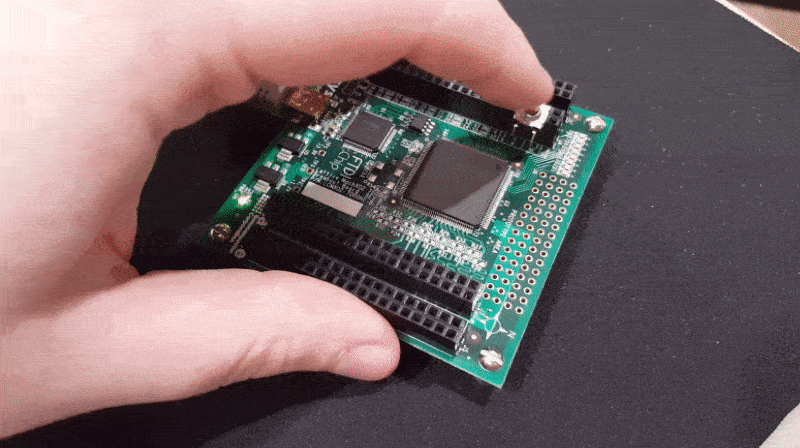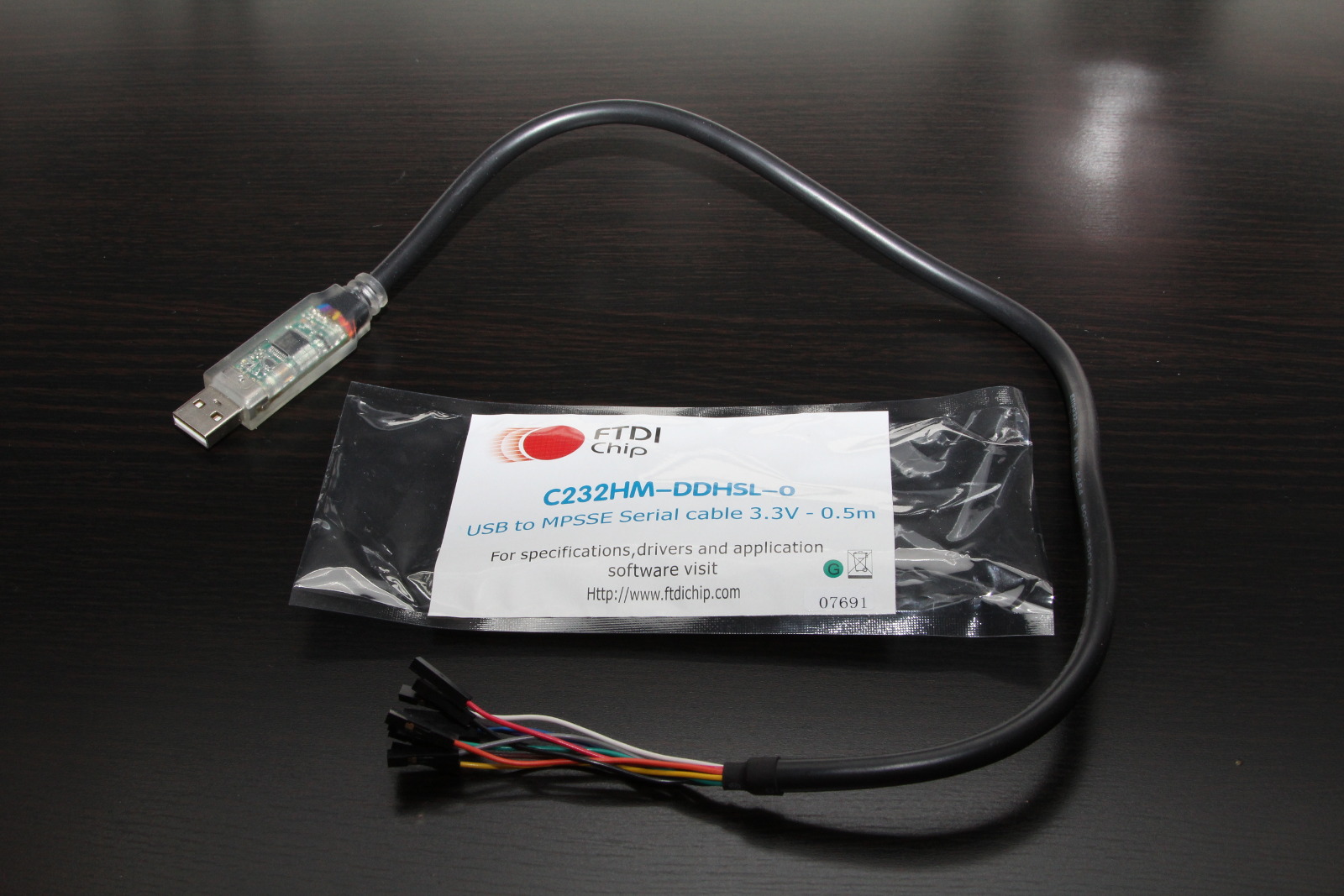Telemetry Viewer v0.3
February 11, 2017
I started developing a telemetry visualization tool around half a year ago but never got around to making a post on my blog. This tool makes it easy to chart data received over a UART. Line charts, Fourier transforms, histograms and dials (gauges) are currently supported. The main goal was to be able to plot large amounts of data, live, without requiring a very powerful CPU or GPU. With antialiasing enabled, I'm currently able to plot around 600,000 points, at 4k60, with a mobile Core i7 (and no discrete GPU.) With antialiasing disabled, I can more than double that.
Since there are no blog posts for v0.2 and v0.1, I'll list the changelog and demo videos for all three versions:
Telemetry Viewer v0.3 Changelog (2017-02-11)
- Added manual ranging (the y-axis) to Time Domain Charts.
- Added manual ranging (the power axis) to Frequency Domain Charts.
- Added new Waveform and Waterfall views to Frequency Domain Charts. These visualize the frequency domain's history over a period of time.
- Added manual domains (the x-axis) and autoscaled-but-fixed-center domains to Histogram Charts.
- Added manual ranging (the y-axis) to Histogram Charts.
- Added y-axis scale choices to Histogram Charts: relative frequency, frequency, or both.
- Added user-specified bin counts to Histogram Charts.
- Added manual ranging to Dial Charts.
- Added the ability to remove statistics from Dial Charts.
- New Quaternion Chart to visualize orientation (rotation in three dimensions.)
- For line charts, if you are zoomed-in enough that there are relatively few points on screen, dots are now rendered at each point.
- Automatic logging has been removed and replaced with an "Export CSV Log" button.
- Added support for high-resolution scrolling when using certain Logitech mice, such as the M705.
- Various small bug fixes. See the git commit log for more details.
Telemetry Viewer v0.3 Demo Video
Telemetry Viewer v0.2 Changelog (2016-11-24)
- Ported / rewrote all charts for OpenGL. Massive speed improvements. No longer using JFreeChart.
- Added automatic logging to "log.csv"
- Added timeshifting: use your scroll wheel to rewind and fast-forward through time.
- Added zomming: use your scroll wheel while holding down Ctrl to zoon in and out.
- Added display scaling: use your scroll wheel while holding down Shift to make fonts/lines/etc bigger or smaller.
- Added ability to remove specific charts by clicking on an "X" at the top-right corner of a chart.
- Added a "Help" button with a brief user guide.
- Various small bug fixes. See the git commit log for more details.
Telemetry Viewer v0.2 Demo Video
Telemetry Viewer v0.1 Changelog (2016-09-27)
- Initial release.
- Five chart types: Time Domain, Time Domain Cached, Frequency Domain, Histogram, and Statistics.
- The Time Domain, Frequency Domain and Histogram charts used the JFreeChart library, the others were written by me.
- Very basic functionality.
Telemetry Viewer v0.1 Demo Video
Download
Executables (.jar) and source code (.zip) can be downloaded at http://www.farrellf.com/TelemetryViewer/ or the project can be viewed at https://github.com/farrellf/TelemetryViewer












